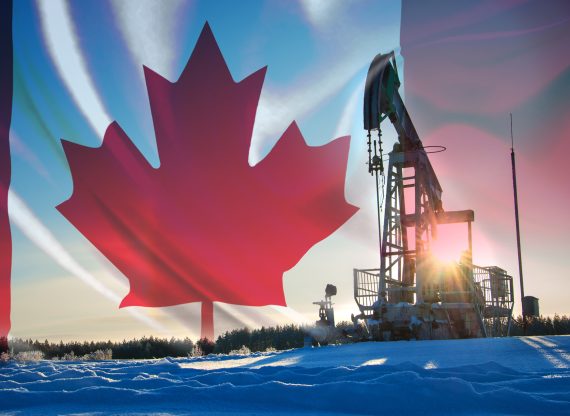To save Canada’s energy industry, we need to end dependence on the US market

Imagine for a moment that you are the head of a popcorn company. You know that the demand for popcorn is strong, and that contrary to what anti-fast food lobby groups say, demand will continue to increase in the coming years. But you have a problem: 98 per cent of your popcorn is purchased by one single cinema, because you didn’t diversify your client base. This cinema, however, has just named a new CEO who, to please some nutritionist friends, wants to keep your popcorn out. What do you do? Would it maybe be a good idea to try to sell your popcorn in other cinemas in order to save your company, and all its associated jobs?
Canadian oil is in a similar situation. His very first day in office, new US President Joe Biden revoked Keystone XL’s permit, and this project will likely not be his last victim. As in our hypothetical example, 98 per cent of Canada’s oil exports go to our southern neighbour. What should Canada and its industry do, then, to sell its product? The answer: Build new pipelines in order to reduce the risk associated with this one-client strategy and maximize oil export revenues.
According to the latest estimates, global oil demand will grow by 9 per cent by 2045, and by more than 40 per cent in a number of Asian countries. New pipelines would allow Canada to transport its oil to a larger number of refineries and terminals that could then export it to these new markets.
We therefore need more pipeline infrastructure to diversify our exports, and the Canadian government should do everything in its power to allow these projects to be completed. Putting all of our eggs in the same basket is a risky strategy. The Keystone XL cancellation alone represents over $50 million a day in potential exports for Canada that have fallen through.
Over the past five years, the federal government collected an average of $14 billion a year from the oil and gas industry. This tax revenue totals more than half of the sum of all provincial deficits during the pandemic. And the energy sector directly or indirectly employs over 830,000 workers, and accounts for around 10 per cent of our GDP. It’s therefore not just “Big Oil” that would benefit from such a strategy, but all Canadians.
Finally, it bears repeating: Pipelines are the safest and “greenest” method of transporting oil. New pipeline projects compromise neither our safety nor the protection of our natural environment. On average, over 99.99 per cent of the oil transported by federally regulated pipeline arrives without incident every year. Not to mention that transporting fuel by pipeline emits from 61 per cent to 77 per cent fewer GHGs than transport by rail.
In short, the construction of new Canadian pipelines would maximize the volume of fuels transported by the safest, greenest means, and allow us to seize a golden opportunity to diversify the markets for our oil.
So I ask you again: If you were the boss, what would you do?
Miguel Ouellette is Director of Operations and Economist at the MEI. He is the author of “Canada Must Reconsider Its Pipeline Strategy” and the views reflected in this op-ed are his own.

